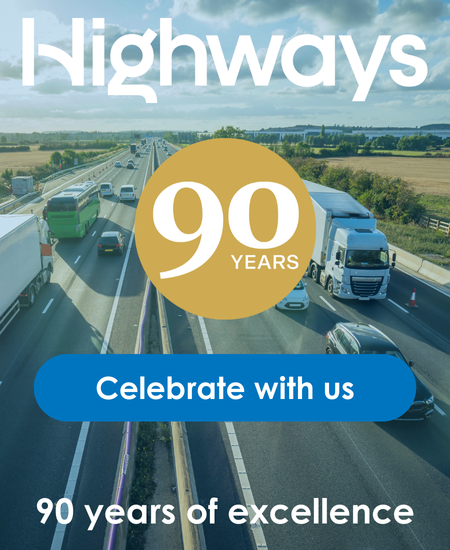The company is stepping up production of its second generation VMC Pole because of increased demand for safer and cheaper ways to mount and maintain large variable message signs, including the newest MS4 signs.
 Initial roll-outs on the M4 in Wales and on the M1 in Australia have demonstrated lifetime savings of around £100,000 per pole for traffic management and maintenance costs, and have significantly improved operator safety and environmental impact by eliminating the need for road and lane closures. The latest poles have been developed for a greater range of applications, from large matrix signs and CCTV to tolling and automatic number plate recognition (ANPR).
Initial roll-outs on the M4 in Wales and on the M1 in Australia have demonstrated lifetime savings of around £100,000 per pole for traffic management and maintenance costs, and have significantly improved operator safety and environmental impact by eliminating the need for road and lane closures. The latest poles have been developed for a greater range of applications, from large matrix signs and CCTV to tolling and automatic number plate recognition (ANPR).The VMC Pole is a rotating and lowering, counter-balanced, cantilevered pole. Rather than requiring maintenance engineers to work at height above the carriageway when repairs or maintenance work is carried out, the VMC Pole can be rotated from over the carriageway and lowered into the verge for safe maintenance of equipment. This removes the need for lengthy road closures while maintenance and repair work is undertaken, or the need to remove equipment entirely to be repaired off site.
Crown International’s managing director Mark Stacey said: “After a successful deployment in Australia, and the M4 in Wales, we have remodelled the VMC Pole to suit the UK’s larger MS4 signs and meet growing demand for a versatile pole which does not incur expensive and problematic maintenance issues. Importantly, the new model will provide a significantly safer solution for message boards on flyovers, which are notoriously difficult and dangerous to maintain and fix.
“With the increasing pressure on UK highways, it’s more important than ever to think about ways to reduce road closures and manage maintenance costs after each sign is in use. It’s clear that the latest VMC poles will provide an innovative and cost effective way to meet these challenges.”





